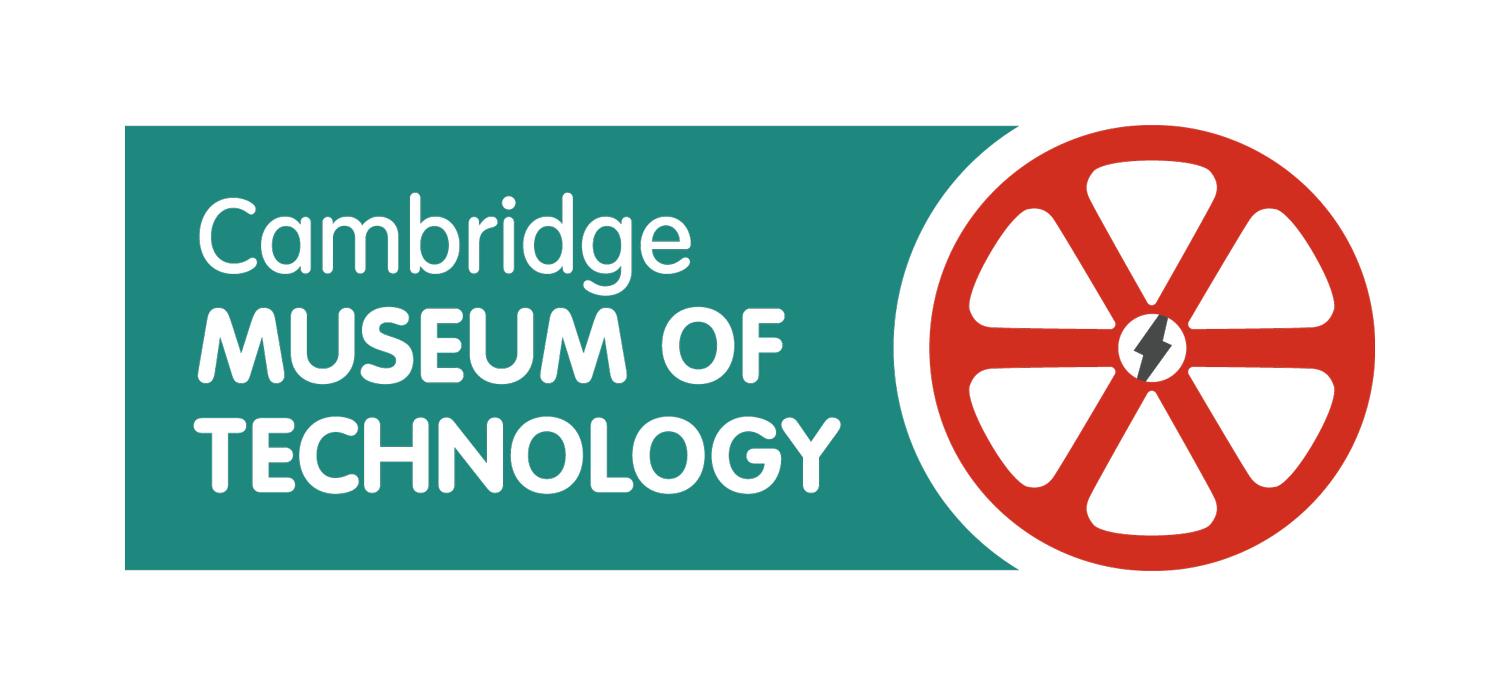In this series of profiles, meet the team of volunteers who help to make the Museum run!
Want to get involved? The Museum has a role for everyone!
Pye History Trust
Volunteer Dr Bob Bates explains the motivation of Pye History Trust volunteers to build a permanent exhibition at Cambridge Museum of Technology
Pye as a founder of high-tech Cambridge
Cambridge is well known for being a high-tech centre with lots of innovative electronics companies.
But in fact, Pye could be considered to be one of the founders of that industry.
Pye was named after William George Pye who founded the company in 1896.
It started as a small scientific instrument company, but it expanded into radio and all manner of electronics.
The first British transistors were made by Pye in Cambridge and were fitted to the first British transistor radio in 1956.
Colour television was being demonstrated in 1949 and was used at the Queen's coronation in 1953.
Locating the exhibition
So Pye was a world leader in a great many of these technologies and we were concerned that the name Pye was almost beginning to be forgotten when it could really be considered to be one of the founders of the high-tech industry in Cambridge.
So it was particularly important for us to try and create this exhibition to show people what it did.
It was very appropriate that the permanent exhibition should be at the Cambridge Museum of Technology: the Museum already had a number of Pye items in its collection.
This exhibition covers all aspects of Pye companies, with examples of the products and the history of the company.
The exhibition is the perfect location because we are on one side of the River Cam and on the other side is where Pye’s headquarters were in St Andrew’s Road, Chesterton.
So it's a very good place to be!
About the Pye History Trust Exhibition at Cambridge Museum of Technology
The Pye History Trust permanent exhibition at Cambridge Museum of Technology opened in 2019, featuring exhibits of scientific equipment, radios, radar, television and audio equipment, and professional and consumer electronics from throughout the history of Pye companies.
Dozens of former employees of Pye companies have donated their time, technical skills, and professional experience to support the ongoing curation of the exhibition, including
research, writing, photography, and cataloguing of the exhibits
exhibition design, navigation (maps) and set-up of interactive screen displays
media production, including instructional videos and audio interviews (oral histories and transcription)
online development of Pye websites
front-of-house volunteers and exhibition supervisors
outreach presentations to local community groups.
Cambridge Museum of Technology and Pye History Trust extend thanks to these volunteers, and look forward to welcoming volunteers and visitors to the Museum upon re-opening (in accordance with COVID-19 re-opening guidelines).
In the meantime, you can explore Cambridge’s industrial heritage and learn more about the Story of Pye online!
The Story of Pye, presented by Pye History Trust

